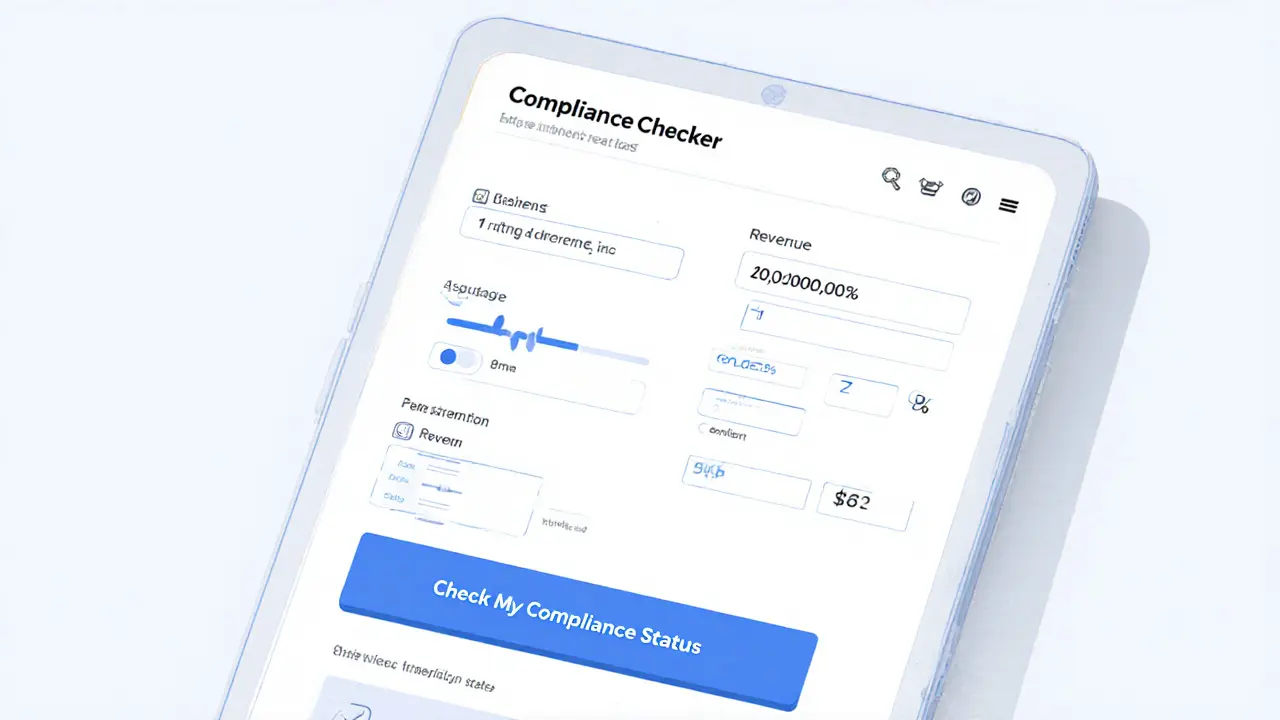Data Privacy: Regulations, Compliance & Consumer Rights
When working with Data Privacy, the practice of safeguarding personal information against unauthorized access, use, or disclosure. Also known as information privacy, it forms the backbone of trustworthy digital interactions. In today’s networked world, Data Privacy is not a nice‑to‑have feature; it’s a legal and ethical necessity. One of the core pillars that supports Data Privacy is Privacy Regulations, the set of laws and standards that dictate how personal data must be collected, stored, and shared. These regulations dictate the rules that every organization must follow, so they directly influence how data is handled. Another essential pillar is Compliance, the process of aligning business practices with applicable privacy laws and industry standards. Compliance turns legal requirements into actionable policies and procedures. Finally, at the heart of every regulation lies Consumer Data Rights, the set of entitlements individuals have over their personal information, such as access, correction, and deletion. When consumers can exercise these rights, trust in digital services grows. Companies often start with a privacy impact assessment to map data flows, then apply data‑minimization tactics to keep only what’s needed. Failure to meet the thresholds set by Privacy Regulations can trigger fines that run into millions, as recent enforcement actions in the US and Europe have shown. Together, these entities create a network where Data Privacy encompasses compliance requirements, Privacy Regulations influence data handling practices, and Consumer Data Rights drive the need for transparent policies.
Why Understanding Regional and Global Rules Matters
Beyond the federal landscape, individual states are drafting their own privacy playbooks. The eight new U.S. state privacy statutes slated for 2025 illustrate how State Privacy Laws can add layers of obligation on top of federal rules. For businesses operating in multiple jurisdictions, each law introduces unique consent thresholds, breach‑notification timelines, and consumer‑right provisions. At the same time, international bodies are converging on common standards. India’s Data Protection and Digital Personal Data Act (DPDPA) and the European Union’s GDPR set the tone for a Global Privacy Framework that many countries are emulating. When a Global Privacy Framework is in place, cross‑border data transfers become smoother, but they also demand stricter compliance checks to satisfy both origin and destination requirements. The interplay between State Privacy Laws and Global Privacy Frameworks means that a single compliance program must be flexible enough to adapt to regional nuances while maintaining a core set of privacy controls. In practice, this often translates to modular policy templates, localized consent dialogues, and a centralized data inventory that can be sliced by geography. The 2025 Privacy Protocol Regulations bundle these trends into a single roadmap, outlining step‑by‑step compliance actions, common pitfalls, and a FAQ section that clears up lingering doubts. By following this roadmap, firms can avoid costly missteps and demonstrate good‑faith effort to regulators.
Below you’ll find in‑depth guides, step‑by‑step compliance checklists, and expert Q&A that break down each regulation, show you how to align your policies, and explain the rights your users expect. Whether you’re just getting started or looking to fine‑tune an existing program, the articles ahead give you practical tools to protect data, stay compliant, and build trust with your audience.
2025 Privacy Protocol Regulations: U.S. State Laws & Global Framework
A detailed guide to the 2025 privacy protocol regulations, covering eight new U.S. state laws, global frameworks like India's DPDPA, compliance steps, common pitfalls, and a FAQ.
VIEW MORE
